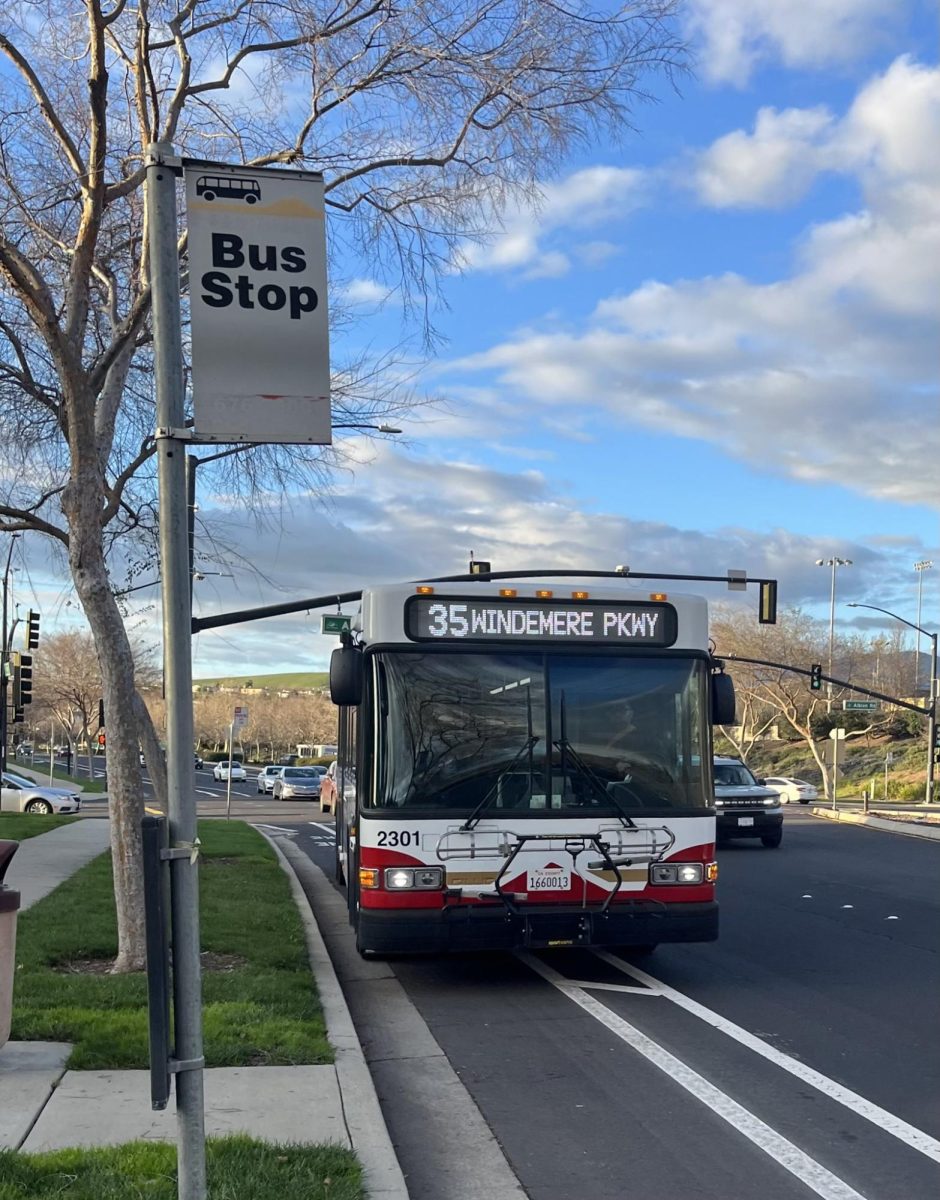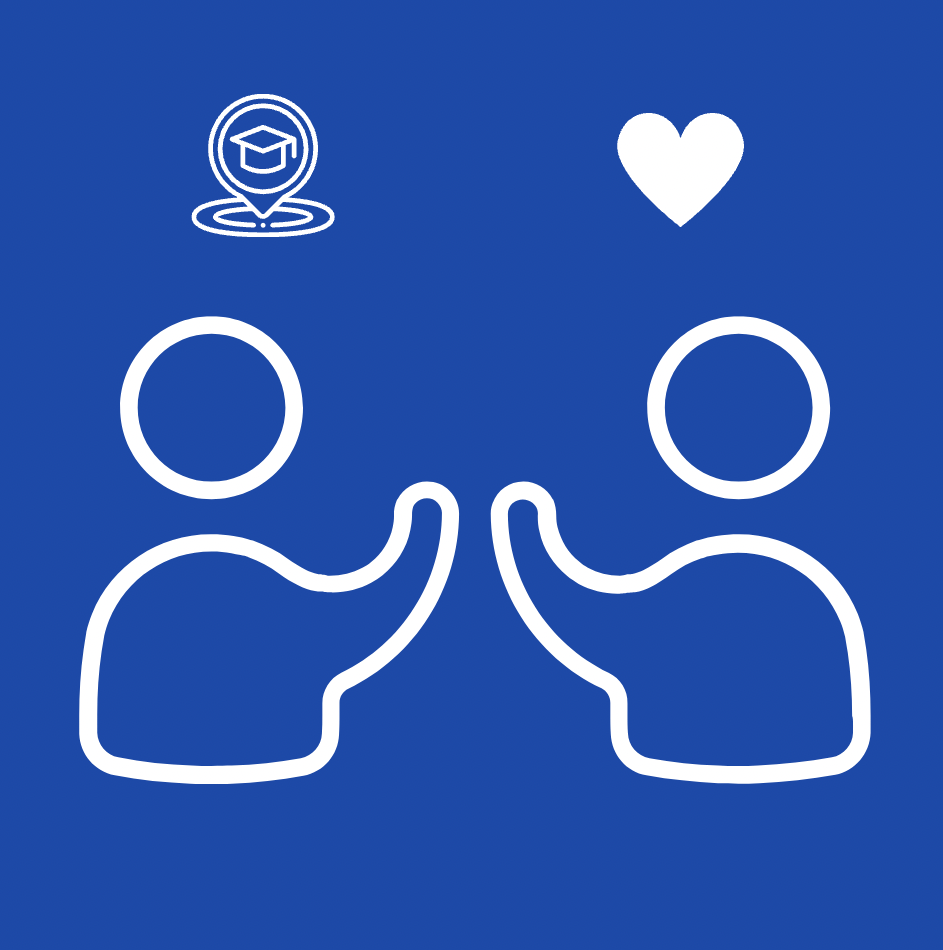
Every time I go somewhere, like Pleasanton, I think “We’re so lucky to be growing up in a place like San Ramon; I would feel so out of place here.” In San Ramon, we have an excessive Indian and East Asian community. Indians make up 36% of the population of our city and Asians, as a whole, make up 76.8% of DVHS. Here, we’re in a comfortable bubble that provides us with strong cultural communities.
Despite this, I’ve felt the effects of feeling out of place in an environment surrounded by people who look like me. Over the years, I’ve struggled to find people that I can relate to when it comes to culture and upbringing. Despite falling under the Asian majority of our school, my culture often sets me apart. Aspects such as my physical appearance often feel like a factor of differentiation for me.
From a young age my hair has always been my defining feature. I’ve grown up in a Sikh household and in Sikhism, we aren’t allowed to cut or remove any hair on our body, especially the hair on our head. Its length makes it noticeable and often subject to discussion. I remember being eight years old and wanting to cut my hair like everyone else because I felt like I couldn’t do anything with it. All the other girls kept their hair out and got new haircuts every month, whereas I kept my hair back in a braid and never cut it.
While my long hair made me feel proud of my identity, the hair on my arms, face and legs made me feel ostracized. One day in fourth grade I went to school in my new shorts, that I happened to be very proud of, and a pink top. I was walking with my friend during recess and overheard a group of older girls commenting on the hair on my legs and arms. Suddenly, I wanted to hide. In my culture we grow more hair than most and grow it earlier, something I didn’t understand and was ashamed of at that age.
The majority of my close friends are from different parts of India. A lot of my closest friends are from South India, and make up a good amount of the Indian population of our school. While India is one nation, the north and south couldn’t be any more different. Regular comments in my day to day conversation with my friends sound like “Oh I call that something else” or “Sorry, I don’t know what that is I must call it something else.”
Often, I find myself disoriented in conversations where my peers are talking about something in their culture that references religion, or praying before tests with prayers I’ve either heard from my Hindu grandmother or don’t understand. I tend to avoid conversations regarding religion because I’m typically the only one who doesn’t relate to something that’s being said, or doesn’t understand the language being used.
Punjabi culture is often heavily stereotyped and made into a joke in Indian society, and this leads to misinterpretations of what my culture actually is. In sixth grade a classmate of mine asked me if we danced to Punjabi MC’s “Mundian To Bach Ke”, a song often tied to Punjabi stereotypes. This classmate proceeded to sing the song in a mocked version of Punjabi every time me or another Punjabi student entered the classroom.
While it would be much more difficult to comfortably express your culture in a place like Pleasanton, it’s not far-fetched to say that you can feel like a minority amongst your own. I am Indian, and a part of the majority racial group of our school. However, within that majority, I am a minority and am able to feel those differences. When it comes to the practices I partake in and the language that I speak, I am different from my peers. Everyone’s cultures are different, and what sets you apart from your peers can often be your best quality.







